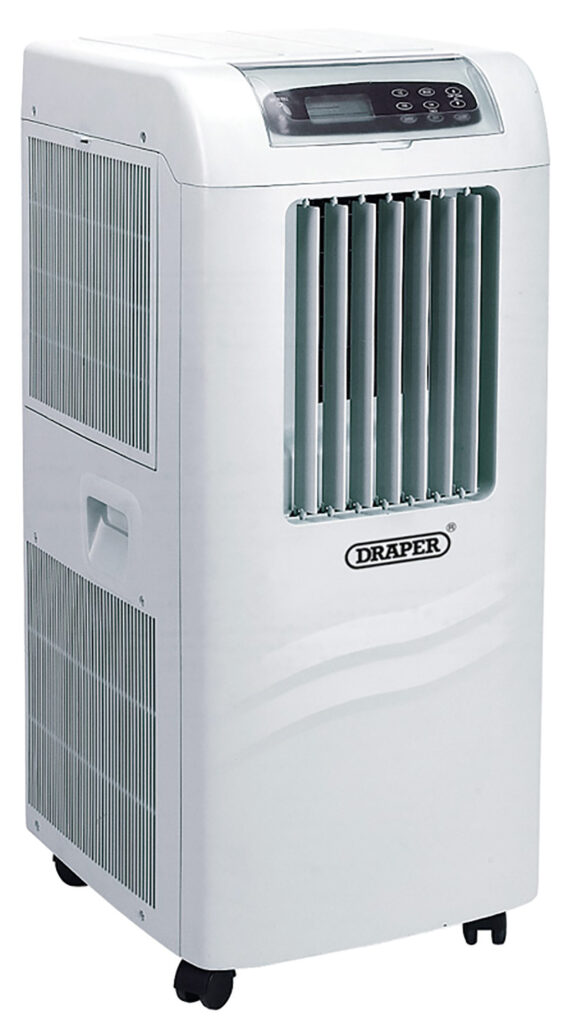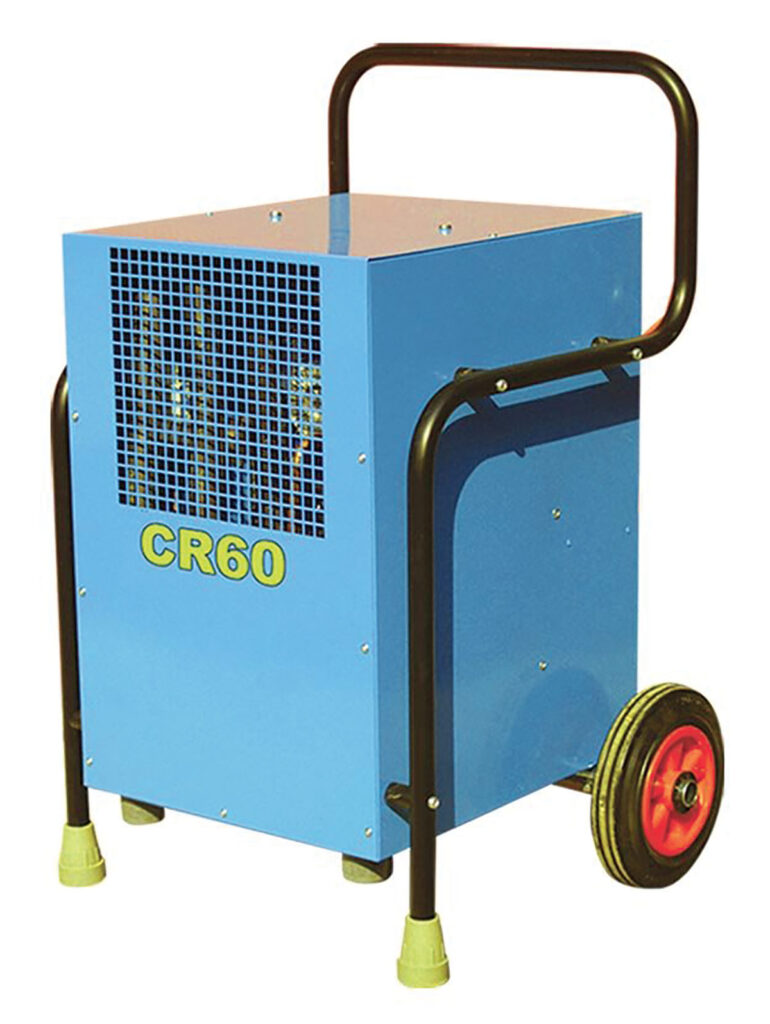5 Tips to Stay Warm On-Site
Stay warm on site! Every season presents different environmental challenges for the construction industry. Winter however, with its unpredictable weather and plummeting temperatures, may well be the toughest. We look at HSE temperature guidelines and provide some simple but effective tips to help you manage the cold weather when on-site.
Cold temperatures can have a significant impact on the health and safety of employees. Therefore, it is essential to ensure you and your team are fully equipped to deal with the winter weather. This will not only help safeguard your workers but have a positive impact on productivity. Understanding your obligations as an employer is an essential part of this.
Temperature Guidance from the Health and Safety Executive (HSE)
The indoor working environment
According to the Workplace (Health, Safety and Welfare) Regulations 1992 , there is a legal obligation for employers to provide a ‘reasonable’ temperature within the workplace environment. Approved code of practice guidelines suggest that indoors, the minimum temperature should be at least 16 degrees Celsius (13 degrees Celsius if the work involves rigorous physical effort).
The outdoor working environment
Whilst the HSE does not have dedicated guidelines for working in temperatures below 13%, working outdoors during the cold winters months needs to be suitably managed. If not, workers health could be out at risk from Cold Stress (these are cold-related illness that stem from when the body cannot maintain its regular temperature. Frostbite and hypothermia are both cold stress illnesses).
Whilst we cannot control the winter weather, we can control how we prepare for working in challenging conditions. There are some simple things employers and construction workers can do to reduce the likelihood of risks associated with colder weather.
5 TIPS FOR MANAGING WORKING IN COLD CONDITIONS
1. Be prepared and plan for prolonged exposure to the cold
It is important that both you and your team are prepared for whatever unpredictable conditions winter brings. Whether working indoors or outdoors, you will need to have suitable plans in place for drops in temperature and wintry conditions. For example:
- Monitor the weather forecast for any extreme weather or sudden drops in temperature.
- Provide a warm and dry area suitable for workers to take a break.
- Hire in temporary portable heating solutions to ensure the working environment is at a reasonable working temperature.
- Ensure both you and your workers are aware of the risk of ‘cold stress’. Are you able to spot the first symptoms and is there someone on-site be able to administer first aid?
2. PPE – dress suitably to protect yourself from the cold
Protect yourself and your workers by ensuring that everyone has the correct personal protective equipment to enable them to do their work safely whilst staying warm. For example, fleece or thermal liners for safety helmets will keep workers warm whilst ensuring that they are still in the correct PPE.
Layering your clothing can allow you manage your thermal comfort. Waterproof and windproof outer layers and thermal layers close to the skin, will help keep in the warmth and keep out the cold and wet.
Certain body parts will also need particular care. Hands and feet can be prone to cold stress illnesses such as chilblains and frostbite, so gloves and warm safety boots are essential – just make sure that any PPE remains compliant with any hazards related to the activity being undertaken.
3. Take regular breaks in a warm, dry, and sheltered area.
The Health and Safety Executive stress the importance of taking regular breaks when working in cold environments. Having somewhere warm to go – even if it is a temporary shelter with a portable heater – will help the body maintain a warm temperature. Drinking plenty of warm fluids such as hot drinks and soup will also help.
4. Bring in temporary and portable heating solutions
It can often be as cold indoors as it is outdoors on construction sites. Hiring in portable and temporary heating solutions can help ensure sites are kept warm and safe for workers. In addition, numerous research studies show that workers who are cold are likely to make more errors and consequently, can increase a worker’s hourly cost by up to 10% (Cornell University, 2004).
Artificial heating can also help prevent potential delays due to the longer drying times that are a consequence of a cold environment. Drying out walls, floors and ceilings will take longer in cold temperatures, using an appropriate heating solution will help speed up the drying process.
There are plenty of temporary heating options available for hire, depending on your site requirements. For example:
Winter brings its own set of challenges for the construction industry – working through prolonged periods of cold weather can be tough. However, just some simple planning and adjustments to the working environment can help ensure employees and contractors remain safe and productive on site.
See THX’s wide range of site heaters and dehumidifiers.
Industrial Fan Heaters – Industrial heaters can be used to warm up large areas quickly

Butane Gas heaters – These types of heaters are a good portable option when you have no access to an electrical power supply.

Infra-red heaters – infra red heaters are good for drying walls, curing paints, or warming objects, radiating constant instant heat.

Convector Heater – convector heaters such as the space heater above, are practical with a wide range of uses such as drying walls and ceilings.

Air Conditioning Units – portable air conditioning units are a practical choice for working areas because they can be used for both heating and cooling purposes. Again, helpful for drying walls and ceilings.

5. Reduce moisture and damp in the air
Working in a damp environment isn’t ideal at the best of times but is even worse in the winter when moisture can linger in the atmosphere even longer than usual. De-humidifiers can help with this –by speeding up the drying out process and extracting moisture from the air.

Winter brings its own set of challenges for the construction industry – working through prolonged periods of cold weather can be tough. However, just some simple planning and adjustments to the working environment can help ensure employees and contractors remain safe and productive on site.
See THX’s wide range of site heaters and dehumidifiers.
